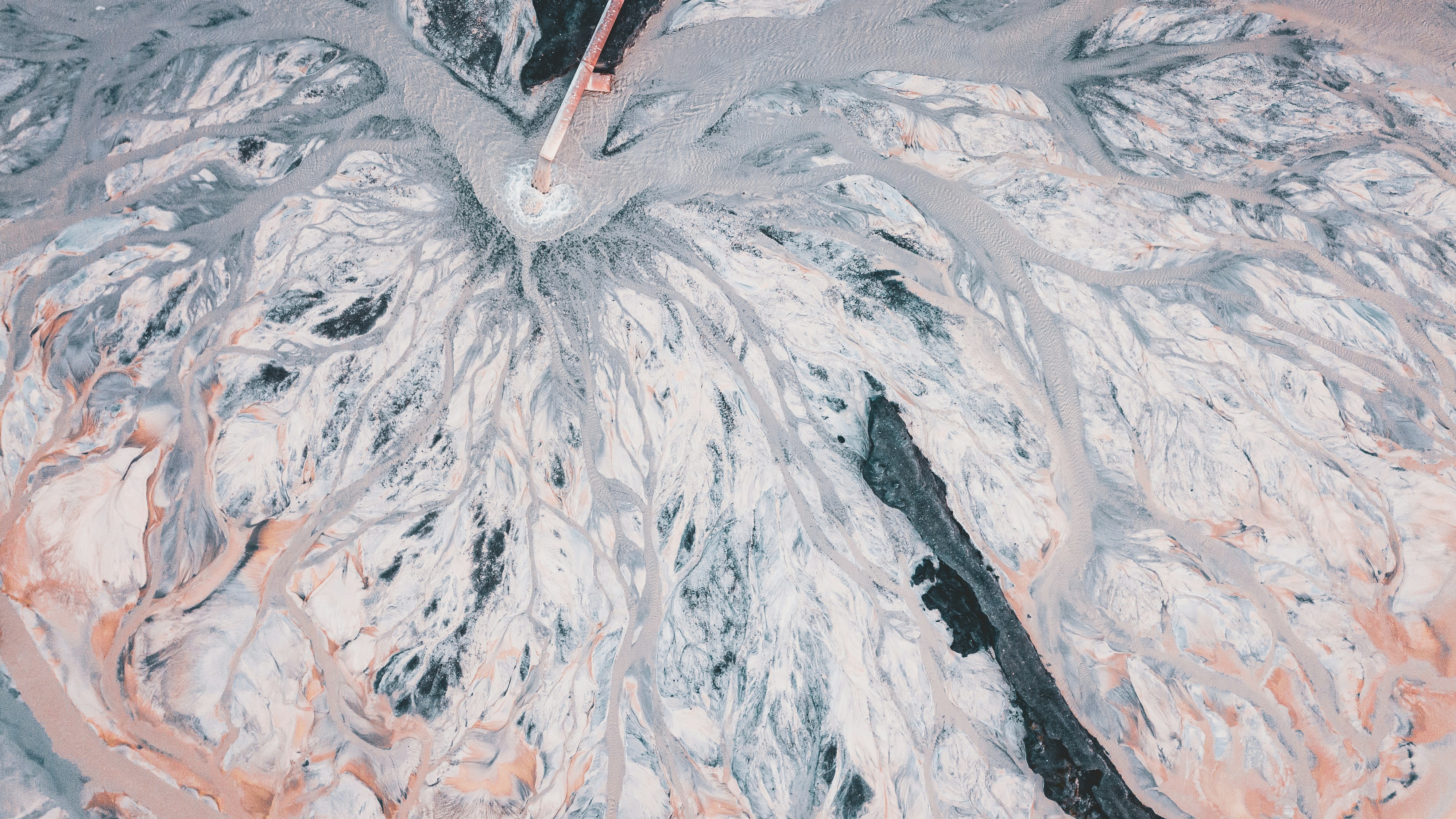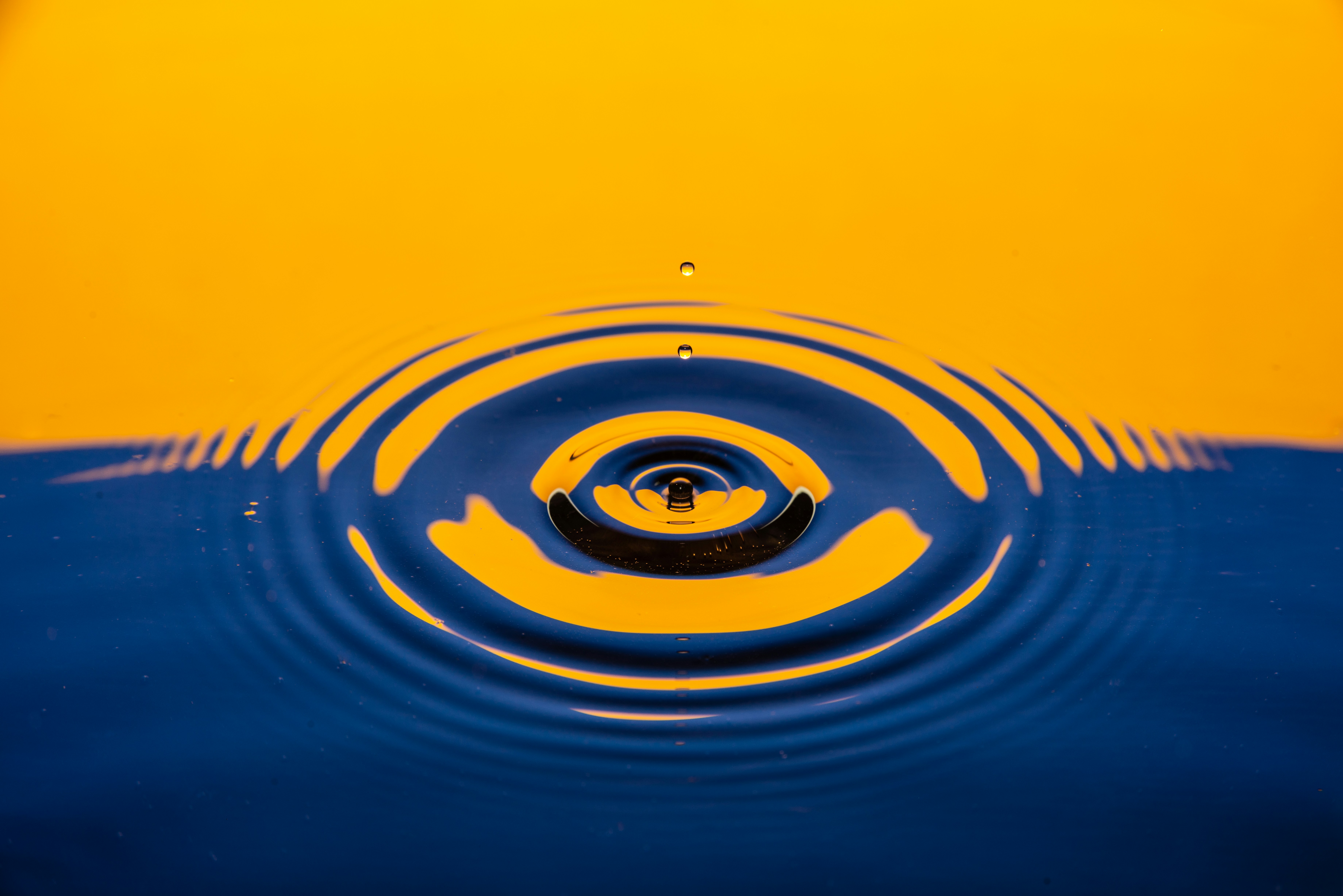When it comes to understanding different water deionizer systems, it can be difficult to understand the differences between each system. Reverse osmosis systems, for example, generate waste water even as they purify and improve your water quality. This isn't a bad thing, per se, but it is something you should recognize if you're looking at an RO system and want an option that doesn't generate waste water at all.
In order to understand exactly how water is wasted in reverse osmosis, also known as RO, systems (and why that's not the end of the world), it's important to get a handle on the ins and outs of RO systems in the first place. After all, if you want to have pure water, it's important to understand how your water system works in the first place.
How does an RO system work?

Put in layman's terms, reverse osmosis works by splitting water into two forms: high-purity water and wastewater. This is true for any RO system you might come across, even if it's advertising that it doesn't wastewater. Generally, in situations where a reverse osmosis system is advertising that it doesn't create wastewater, it will circulate the unpurified water back through the RO process. As such, it's important to recognize that there's no such thing as an RO system that won't leave you with only purified water.
When is waste water produced during the RO process?

To put it simply, whenever you engage your RO system to create purified water, it'll create waste water as well. Usually, that equates to about an hour of work for one gallon of purified water. That being said, your reverse osmosis system will run a bit longer based on a variety of other factors. For example, if your water temperature is colder than normal or your water pressure is low, it may operate longer than normal.
Even so, when your osmosis system is functioning properly, it won't need to function all the time in order to filter out the impurities from your water. As such, if you want to have a reliable system for created high-purity water, it's crucial that you get your RO system or water deionizer properly inspected and repaired at the first sign of trouble on a regular basis. Most RO systems come with automatic shut-off valves that keep the storage tank of wastewater from overflowing while it's operating.
How much waste water is created when you use reverse osmosis as your water purification system?

Generally, waste water will be created at a rate of four gallons to each one gallon of purified water during the osmosis process. This is the ratio that any business or homeowner should consider as long as their water supply has reliable water pressure and is supplied by the city. If that ratio gives you pause, however, it's worth noting that you do have another option if you still want to use a reversed process over other deionizer systems. If your water supplier is capable of installing something called a permeate pump, you won't need to worry as much about the volume of waste water generated during the osmosis process.
In its simplest terms, a permeate pump can increase the efficiency of your RO system and ultimately lower the ratio of waste water created to about one gallon of waste water for every one gallon of purified water. This can be well worth the investment because of how it means your operating cost is much more focused on avoiding water waste while still creating water free from impurities that would be problematic in your industry. Especially if you use water often, such as in a restaurant, it's a good idea to investigate permeate pumps in addition to your RO system. When it comes to reverse osmosis water filter, you will want to find the best one that works for your home.










No comments